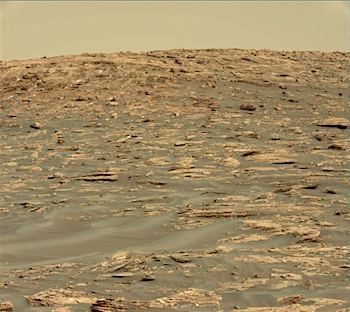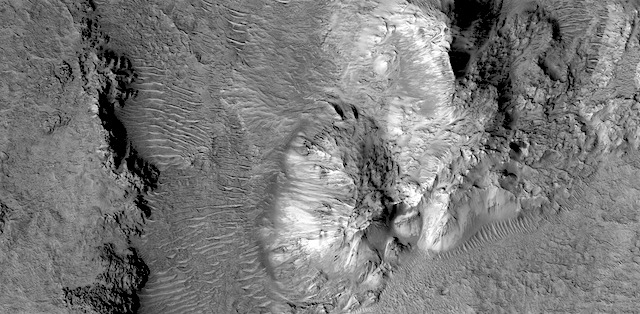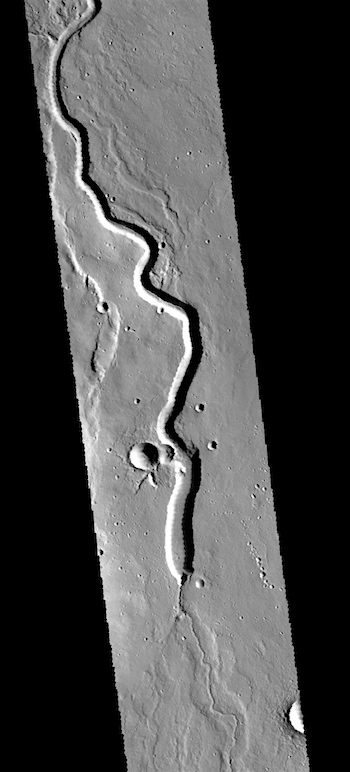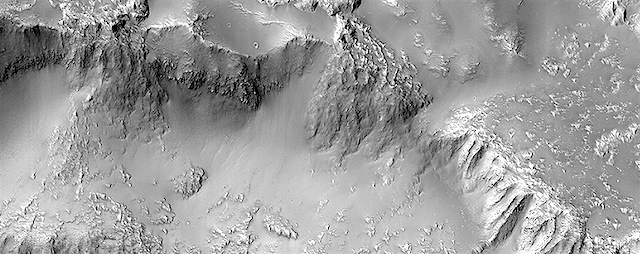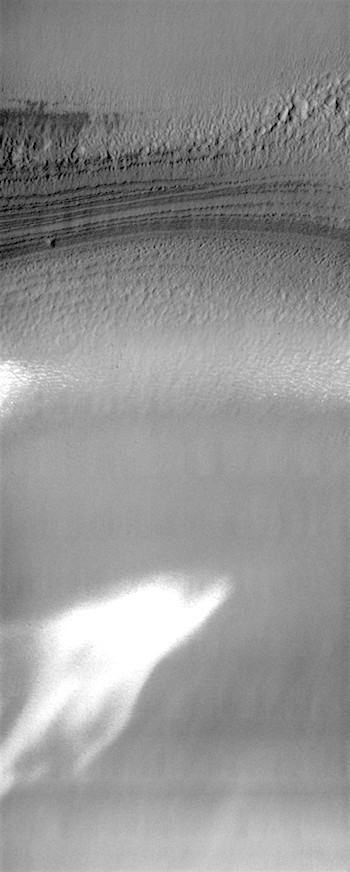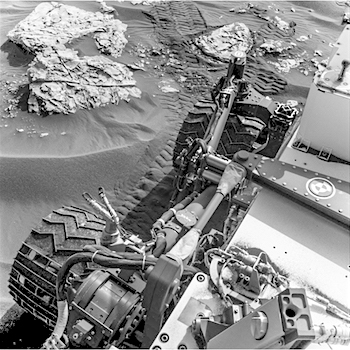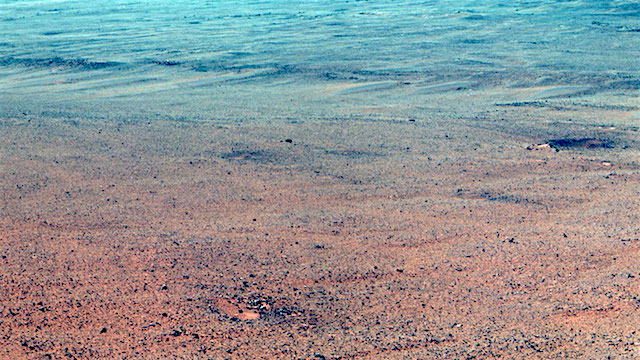 NASA’s senior Mars rover, Opportunity, is examining rocks at the edge of Endeavour Crater for signs that they may have been either transported by a flood or eroded in place by wind.
NASA’s senior Mars rover, Opportunity, is examining rocks at the edge of Endeavour Crater for signs that they may have been either transported by a flood or eroded in place by wind.
Those scenarios are among the possible explanations rover-team scientists are considering for features seen just outside the crater rim’s crest above “Perseverance Valley,” which is carved into the inner slope of the rim.
The team plans to drive Opportunity down Perseverance Valley after completing a “walkabout” survey of the area above it. The rover’s drives now use steering motors on only the rear wheels, following a temporary jam of the left-front wheel’s steering actuator this month. Opportunity has not used its right-front wheel’s steering actuator since 2005, the year after it landed on Mars.
The mission has been investigating sites on and near the western rim of Endeavour Crater since 2011. The crater is about 14 miles (22 kilometers) across.
“The walkabout is designed to look at what’s just above Perseverance Valley,” said Opportunity Deputy Principal Investigator Ray Arvidson of Washington University in St. Louis. “We see a pattern of striations running east-west outside the crest of the rim.”
A portion of the crest at the top of Perseverance Valley has a broad notch. Just west of that, elongated patches of rocks line the sides of a slightly depressed, east-west swath of ground, which might have been a drainage channel billions of years ago.
“We want to determine whether these are in-place rocks or transported rocks,” Arvidson said… [More at link]
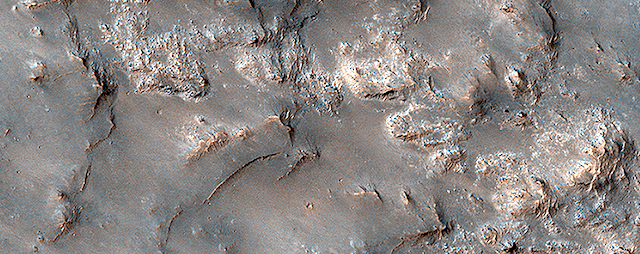 This image shows partially exposed bedrock within the Koval’sky impact basin, which is on the outskirts of the extensive lava field of Daedalia Planum. Daedalia Planum is located southwest of Arsia Mons, which may be the source responsible for filling the crater with lava flows and ash deposits.
This image shows partially exposed bedrock within the Koval’sky impact basin, which is on the outskirts of the extensive lava field of Daedalia Planum. Daedalia Planum is located southwest of Arsia Mons, which may be the source responsible for filling the crater with lava flows and ash deposits.









